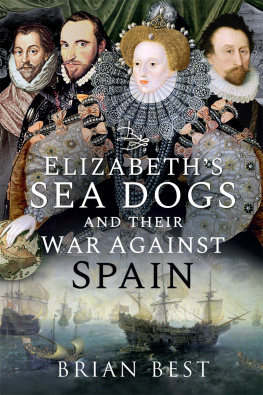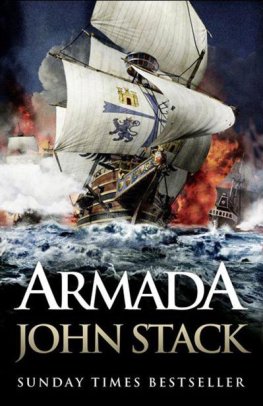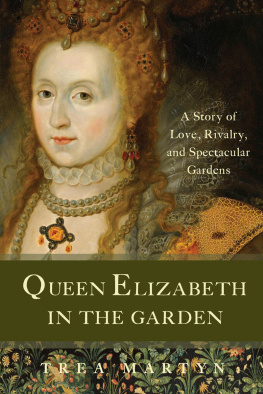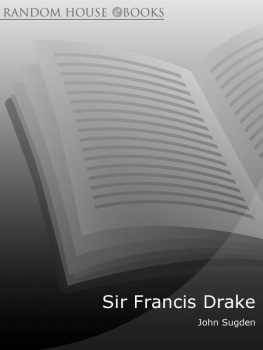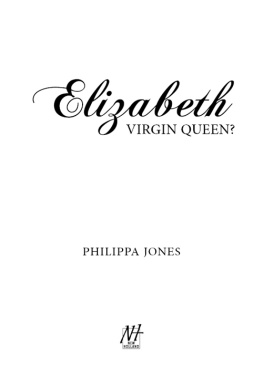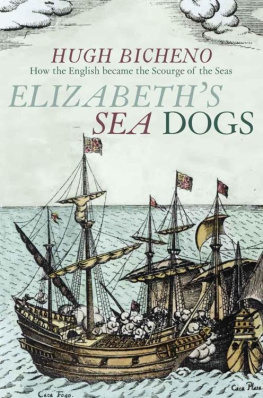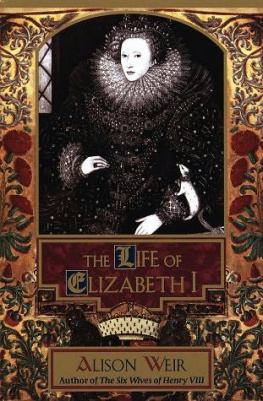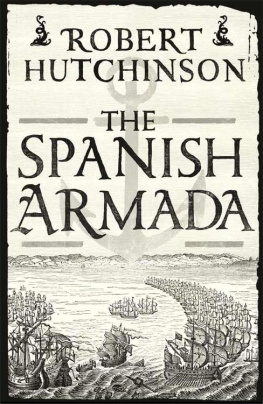
AN IMPRINT OF PEN & SWORD BOOKS LTD
YORKSHIRE PHILADELPHIA
First published in Great Britain in 2021 by
FRONTLINE BOOKS
an imprint of Pen & Sword Books Ltd
Yorkshire Philadelphia
Copyright Brian Best, 2021
ISBN 978-1-52678-285-4
eISBN 978-1-52678-286-1
Mobi ISBN 978-1-52678-287-8
The right of Brian Best to be identified as the author of this work has been asserted by him in accordance with the Copyright, Designs and Patents Act 1988.
A CIP catalogue record for this book is available from the British Library.
All rights reserved. No part of this book may be reproduced or transmitted in any form or by any means, electronic or mechanical including photocopying, recording or by any information storage and retrieval system, without permission from the Publisher in writing.
Pen & Sword Books Ltd incorporates the Imprints of Aviation, Atlas, Family History, Fiction, Maritime, Military, Discovery, Politics, History, Archaeology, Select, Wharncliffe Local History, Wharncliffe True Crime, Military Classics, Wharncliffe Transport, Leo Cooper, The Praetorian Press, Remember When, White Owl, Seaforth Publishing and Frontline Books.
For a complete list of Pen & Sword titles please contact
PEN & SWORD BOOKS LTD
47 Church Street, Barnsley, South Yorkshire, S70 2AS, England
E-mail:
Website: www.pen-and-sword.co.uk
or
PEN & SWORD BOOKS
1950 Lawrence Rd, Havertown, PA 19083, USA
E-mail:
Website: www.penandswordbooks.com
Introduction
The reigns of four monarchs coloured and dominated the early lives of Englands first maritime seamen who turned the country into a nation that has ruled the waves for four centuries. In doing so, England accumulated a vast empire. One of the main catalysts was Henry VIIIs infatuation with Anne Boleyn and his determination to divorce Catherine of Aragon. After a lengthy examination of Henrys declaration that as he had married his brothers wife Catherine, so he should be allowed a legitimate parting from her, Pope Clement decided against this ruling and, in the ensuing debate, excommunicated Henry. Although he kept the Catholic doctrines, Henry severed ties with Rome and established the Church of England, so ushering in a new form of Christianity: Protestantism. The seminal figure in the Protestant Reformation was the German priest Martin Luther. The movement gathered pace during the next three decades, leading to a lengthy period of religious upheaval.
When Henry died in 1547, he left a well-equipped Royal Navy numbering fifty-three vessels, which was something the country had never known before. Sadly, in the next two reigns the Navy was neglected and by the time Elizabeth ascended the throne in 1558, the Royal Navy was reduced to just twenty-nine fighting ships.
In 1544 it was settled that Henrys three children Edward, Mary and Elizabeth would succeed him in that order. On his death, he was succeeded by his 9-year-old son, as Edward VI. The young kings health had always been a concern. When he was 4 he fell gravely ill with malaria, a condition that further weakened him. The Guardian and Protector who ruled in Edwards place was the Duke of Somerset, a staunch Protestant. Henrys retention of the Catholic doctrines was overthrown and in just six years England became a Protestant country. In 1549, two years after Henrys death, The Book of Common Prayer was printed in English, further eroding the Latin-based Catholic religion. Henrys closure and desecration of Catholic churches and monasteries continued under Edward. The proceeds extracted from the Catholics were used to fund five schools within the Birmingham area named after the young king. In 1551 Somerset was swept from power by the ambitious Duke of Northumberland. With Northumberland acting as Protector, the country became increasingly Protestant. Soon, the sickly kings health took its final toll and in 1553 the 16-year-old Edward died of tuberculosis.
Aware that he was dying, the young king wrote his last will, in which he stated that his cousin, Lady Jane Grey, should ascend the throne after him, with the proviso that she must marry a nobleman. This was done to prevent a female becoming ruler. Edwards guardian, Northumberland, put forward his son, 17-year-old Guildford Dudley, and the pair were married in May 1553. Assembling an army, Northumberland sought to thwart any attempt by Mary to re-establish the Roman Catholic religion among the English people. Instead, the public supported Mary, with the Catholic nobles forming their own army, which easily defeated Northumberland. Lady Jane Greys brief nine-day reign ended with her execution.
Catherine of Aragons daughter Mary, a devout Catholic, now ascended the throne and swiftly reversed Englands religion, taking the country back to Roman Catholicism. There followed a five-year reign of terror during which at least 287 Protestant heretics were burned at the stake, with many more executed or imprisoned. The new queen earned the epithet Bloody Mary and her short reign drove a wedge between the two religions that further divided the English. Mary married Philip II of Spain but her hopes for a male heir were dashed by several miscarriages, and her unhappy marriage ended in 1558 when she died of uterine cancer.
In 1558 Elizabeth, the last of Henrys three children, succeeded to the throne. She was mildly Protestant and reinstated her fathers Church of England rules. This greatly annoyed King Philip, who ordered the capture of every English vessel that could be found. This included Francis Drakes inherited barque, forcing Drake out of business. Elizabeth had inherited a country in religious turmoil and the expectation was that the young queen would not reign for long. The Venetian ambassador remarked that statecraft is no business for the ladies, and in the same year John Knox, the Scottish Protestant preacher, said, It is more than a monster in nature that a woman should reign and bear empire over man. (He was prob- ably talking about Mary Queen of Scots and not the new ruler of England, but his message was clear.) Fortunately, Elizabeth was strong-minded and carefully chose her closest ministers: Sir William Cecil, her chief adviser, and Sir Francis Walsingham, Secretary of State (and popularly known as the queens spymaster.) Although Cecil came to disagree with both slavery and privateering, he was still devoted to the queen and served her for forty years. Despite initial expectations, Elizabeths reign came to be regarded as a period of stability in which she avoided a religious war and followed the middle way between the two religions, avoiding the extremes to which Mary had been so inflexibly attached.
Elizabeth was by turns teasing, flirtatious, romantic, haughty, procrastinating and secretly supportive of the Sea Dogs. She proved to be one of Englands most influential monarchs and essentially rewrote the rules of queenship. During the Elizabethan era the country made one of its periodical advancements, inspiring national pride, cultural flowering and international expansion leading to naval supremacy. It was the maritime advancement that produced the wealth, albeit in a morally dubious manner. Elizabeth, after initial wavering, encouraged and sometimes discreetly financed the exploits of her unique band of sea captains: the Sea Dogs. She had inherited from her siblings a legacy of poverty, with the country struggling to cope with high inflation and poor harvests. England was impoverished compared with the wealth of Spain, then the worlds superpower. Elizabeth, along with her ministers, had the determination to reverse this trend and one of the ways was to trade with Spains New World possessions.

